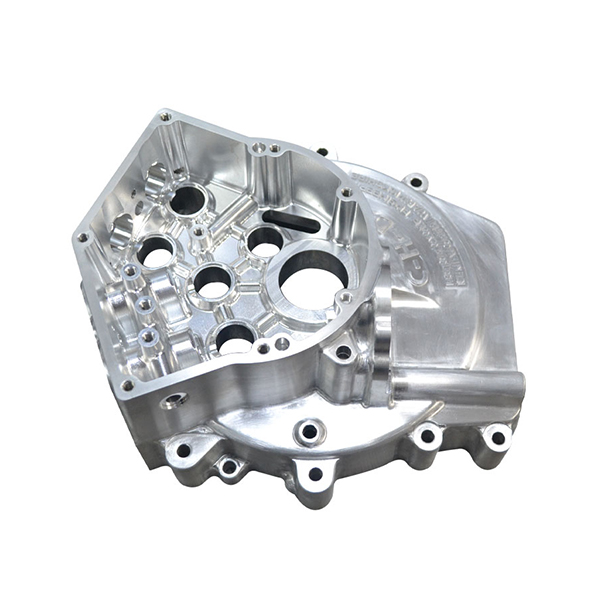

SumitechProvide customers with precision parts
Focus on precision parts processing and production
Order Hotline:+86 13418256345

What are the processing methods for shaft parts?
Shaft parts processing: Shafts are a common and typical part. According to the structural form of shaft parts, they can generally be classified into three types: smooth shafts, trapezoidal shafts and special-shaped shafts. It can also be classified into solid shafts, hollow shafts, etc. They are used in machines to support transmission components such as gears and pulleys, in order to transmit torque or motion. The processing technology of step-by-step shaft parts is relatively typical, reflecting the main contents and basic laws of the processing technology of shaft parts. The following takes the transmission shaft of the reducer as an example to introduce the processing technology of the general step shaft.
For industrial products, shaft parts are suitable for the parts maintenance work of one or more CNC machine tools. The shaft is one of the common typical parts in hardware accessories. It is mainly used to support transmission components, transfer torque and load. According to the different structural forms of shaft parts, they can generally be divided into three types: smooth shafts, trapezoidal shafts and special-shaped shafts. They can also be classified as solid shafts, hollow shafts, etc.
The shafting is supported by bearings, and the section of the shaft that cooperates with the bearings is called the journal. The neck of the shaft is the assembly reference for the shaft. Its precision and surface quality requirements are generally high. Its technical requirements are usually determined based on the main functions and the working conditions of the shaft, and typically include the following items:
1. Surface roughness.
Under normal circumstances, the surface roughness of the shaft diameter that fits with the transmission component is between Ra2.5 and 0.63μm, and the diameter of the supporting shaft that fits with the bearing is between Ra0.63 and 0.16μm.
Second, the accuracy of mutual positioning.
The positioning accuracy of shaft parts mainly depends on their position and function in the machinery. Under normal circumstances, the journal of a combined transmission component has a relatively high requirement for the coaxiality of the supporting journal; otherwise, it will affect the transmission accuracy and noise of the transmission component (such as gears). The general accuracy is usually between 0.01 and 0.03 millimeters. The accuracy of high-precision shafts (main shafts) is generally between 0.001 and 0.005 millimeters. The radial runout of the mating shaft segments to the journal is generally within 0.03 millimeters.
Three, the accuracy of geometric shapes.
The geometric accuracy of the shaft mainly refers to the roundness and cylindricity of the journal, outer conical surface, Mohs conical hole, etc. Generally, the tolerance should be limited within the dimensional tolerance range. The precision requirements for the inner and outer circular surfaces are relatively high, and the allowable deviations should be indicated on the drawing.
Four, Dimensional accuracy.
The journal used as a support is usually required to have a high dimensional accuracy (IT5 to IT7) to determine the axial position. On this basis, the requirements for the dimensional accuracy of the journal (IT6 - IT9) were proposed.
About Sumitech
CompanyapplicationCertificate environmentcontactProduct
Five axis machining part High precision partsCNC lathe partsMedical device partsOther industriesNews
Company Industry problem+86-134-1825-6345Monday to Saturday 8:30-20:00
(welcome to inquire)
Sumitech precision machinery technology (Dongguan) Co., Ltd © Copyright【ADMIN】【Back to top】